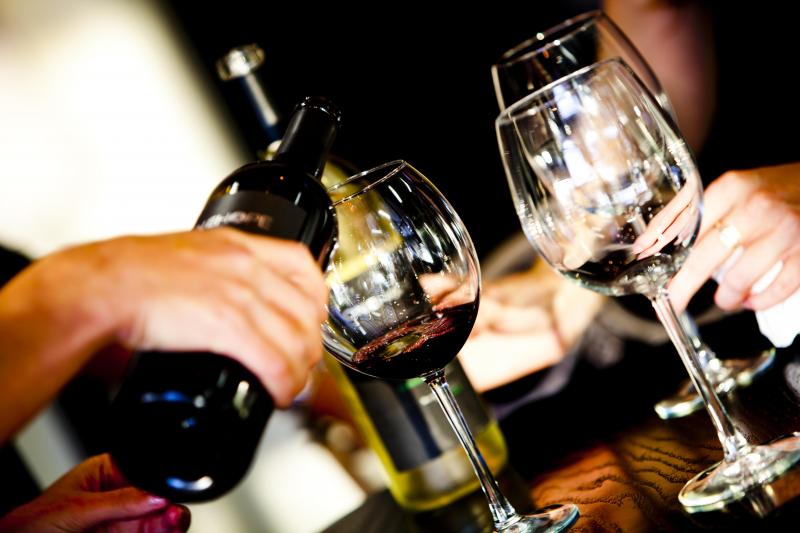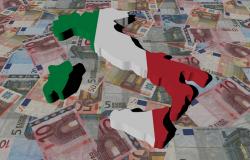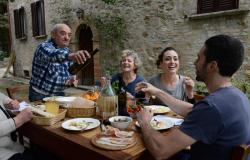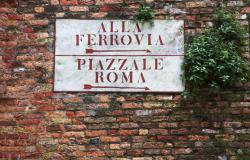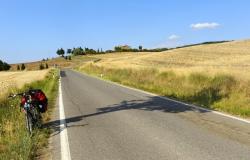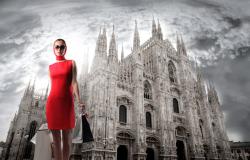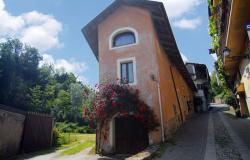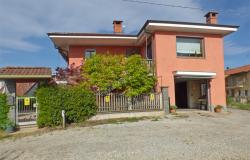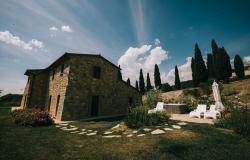Grapes are grown in almost every region of the country and there are more than one million vineyards under cultivation. Italy has consistently proved to have an excellent climate for wine production. It is a peninsula, which means there is a large amount of coastal area which helps ensure a moderate climate year round. With the coasts, mountains, and everything in between, Italy has a variety of altitudes, climates, and soil conditions that have proven effective for a variety of grapes.

Some well-known Italian wines according to region are:
North Italy (regions such as Piemonte, Veneto, Lombardia)- reds such as Barolo and Valpolicella and the sparkling wines Prosecco and Asti
Central Italy (namely Tuscany but also Umbria and Lazio) - reds such as Chianti, Sangiovese, Brunello and Montepulciano
South Italy (regions such as Campania and Sicily) - red Primitivo, fortified wine Marsala, white Falanghina
There is an Italian quality assurance label for wine (as well as food):
DOC - Denominazione di Origine Controllata (controlled designation of origin)
DOCG - Denominazione di Origine Controllata e Garantita (controlled designation of origin guaranteed)
DOCG labelled wines are analysed and tasted by government–licensed personnel before being bottled. To prevent later manipulation, DOCG wine bottles are then sealed with a numbered governmental seal across the cap or cork.

Italian legislation additionally regulates the use of the following qualifying terms for wines:
classico (classic): is reserved for wines produced in the region where a particular type of wine has been produced "traditionally";
riserva (reserve): may be used only for wines that have been aged at least two years longer than normal for a particular type of wine.
Wine tasting language:
Vino bianco: white wine
Vino rosso: red wine
Vino rosato: rosé wine
Vino dolce: sweet wine
Vino secco: dry wine
Vino corposo: full bodied wine
Spumante: sparkling wine
Posso assaggiare questo?: can I try this one?
Anno: vintage
Botte: barrel / cask
Cantina: winery
Vigna: vineyard
Bottiglia: bottle
Uve: grapes
Alesha Keene is an Oxford graduate of Italian who is now back in London after years spent living and working in Rome as a language teacher and PR consultant. Alesha is CEO and Italian teacher at Alesha’s Italian Masterclass, which runs Italian immersion courses at authentic Italian cafe AltaMarea (London Bridge) and Italian Restaurant Napule è (Purley). You can contact her at italianmasterclass@hotmail.com or through Facebook or Twitter. Her website is www.italianmasterclass.co.uk.
